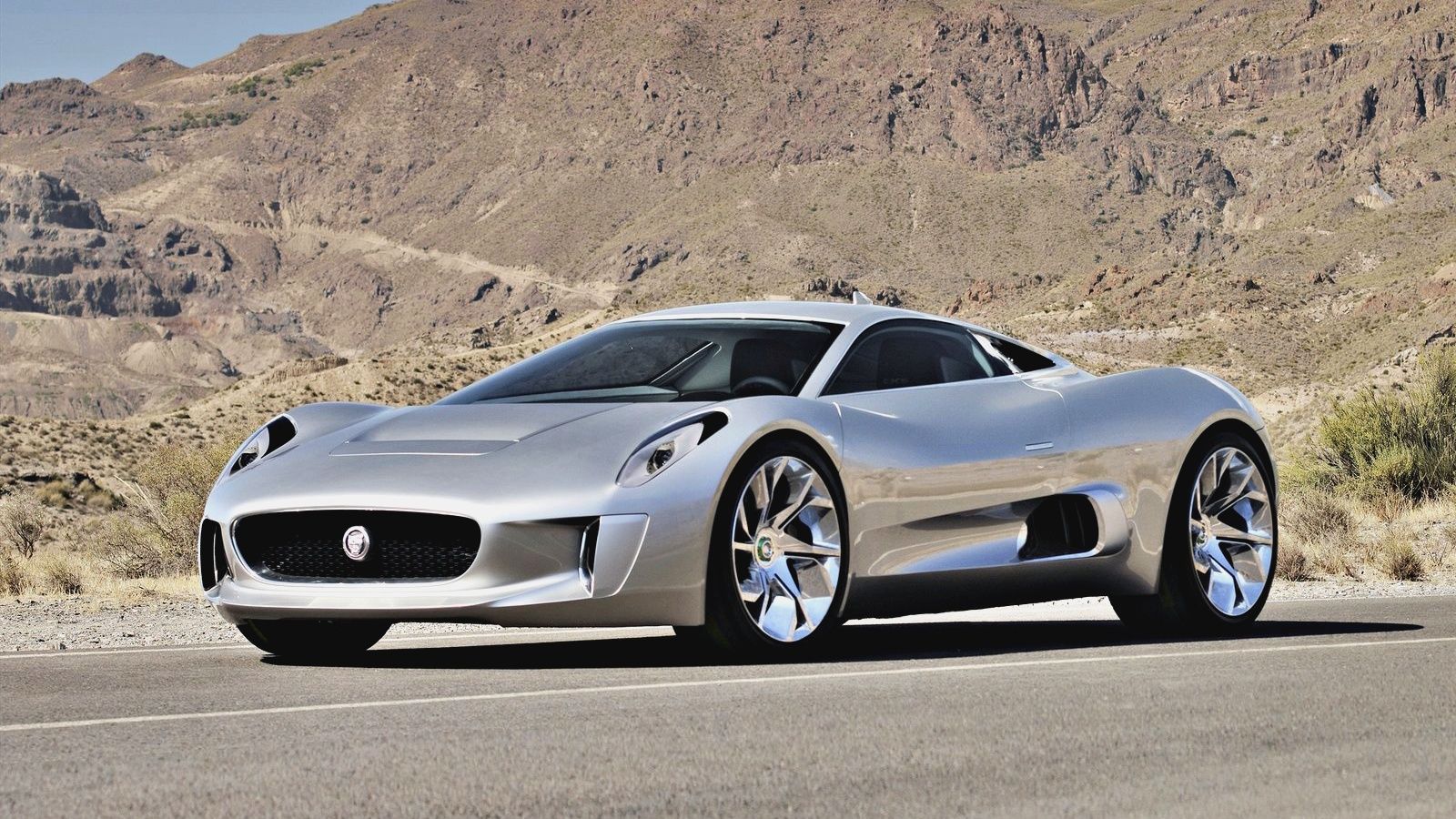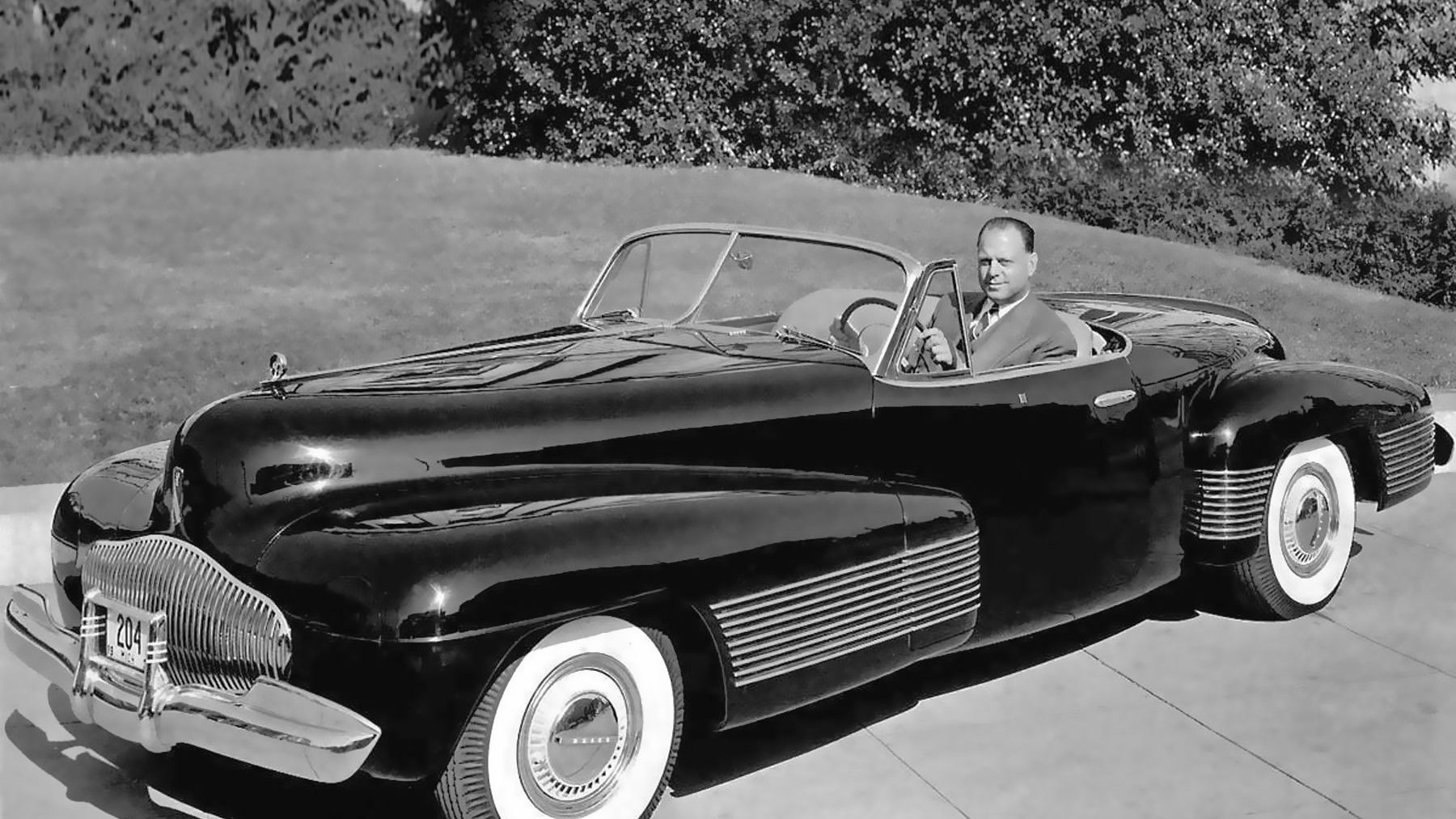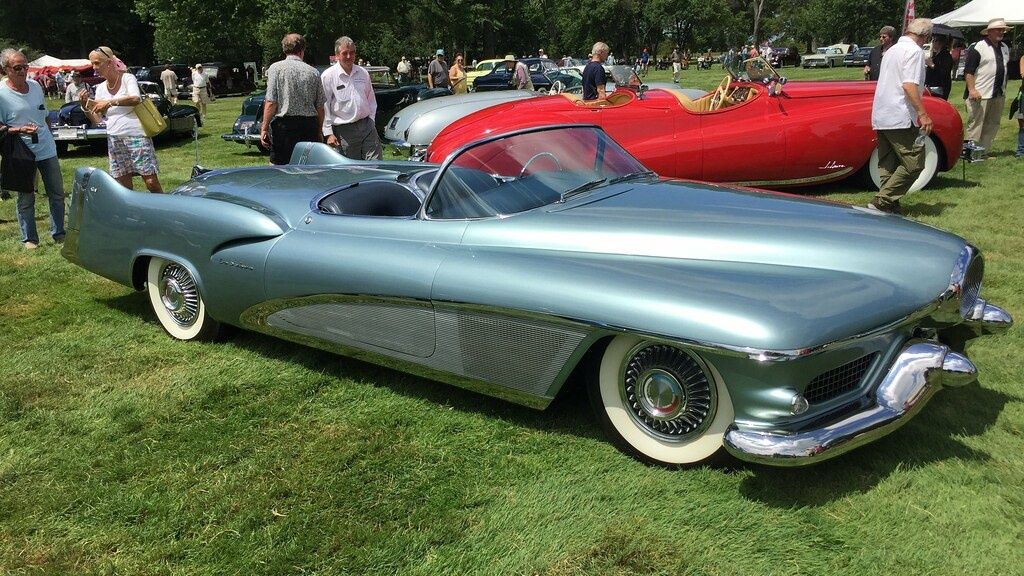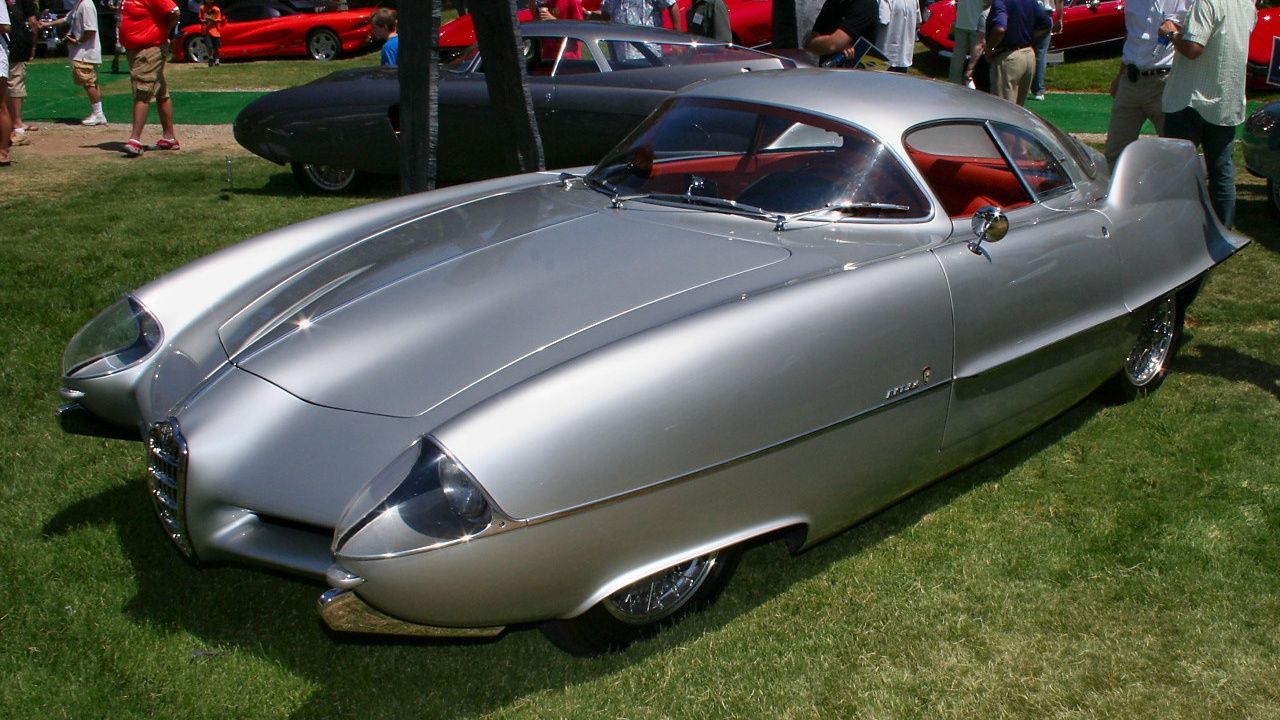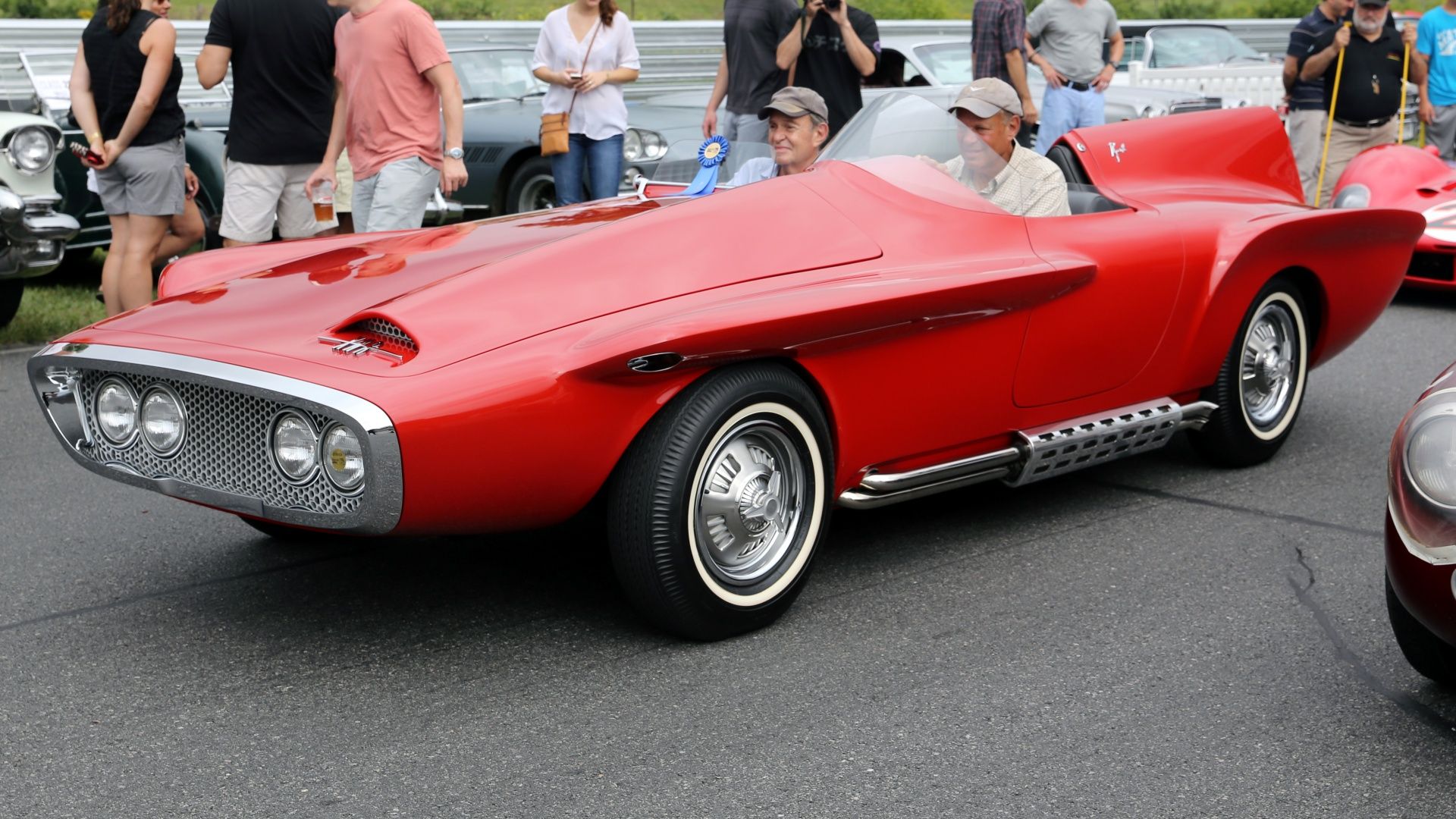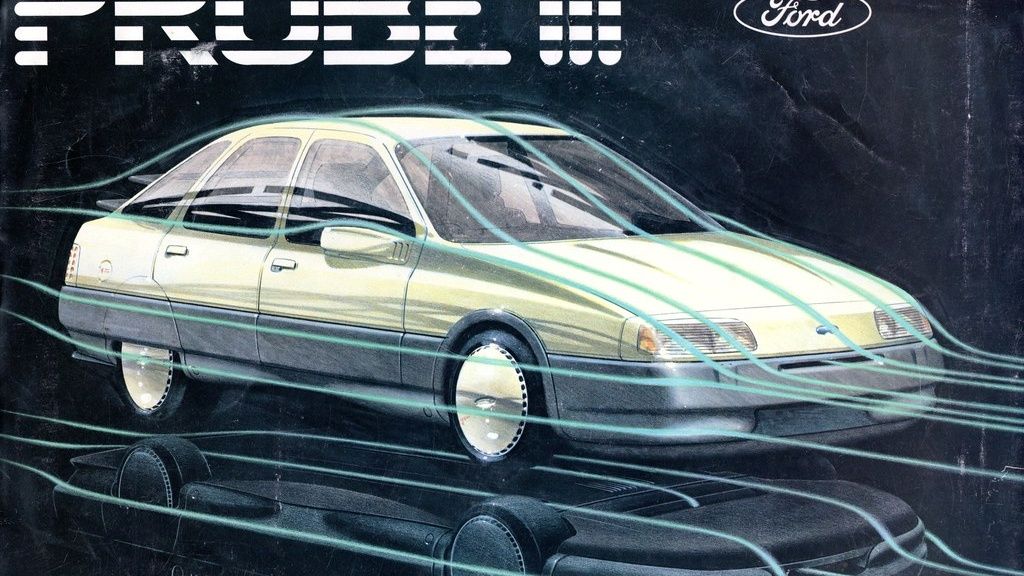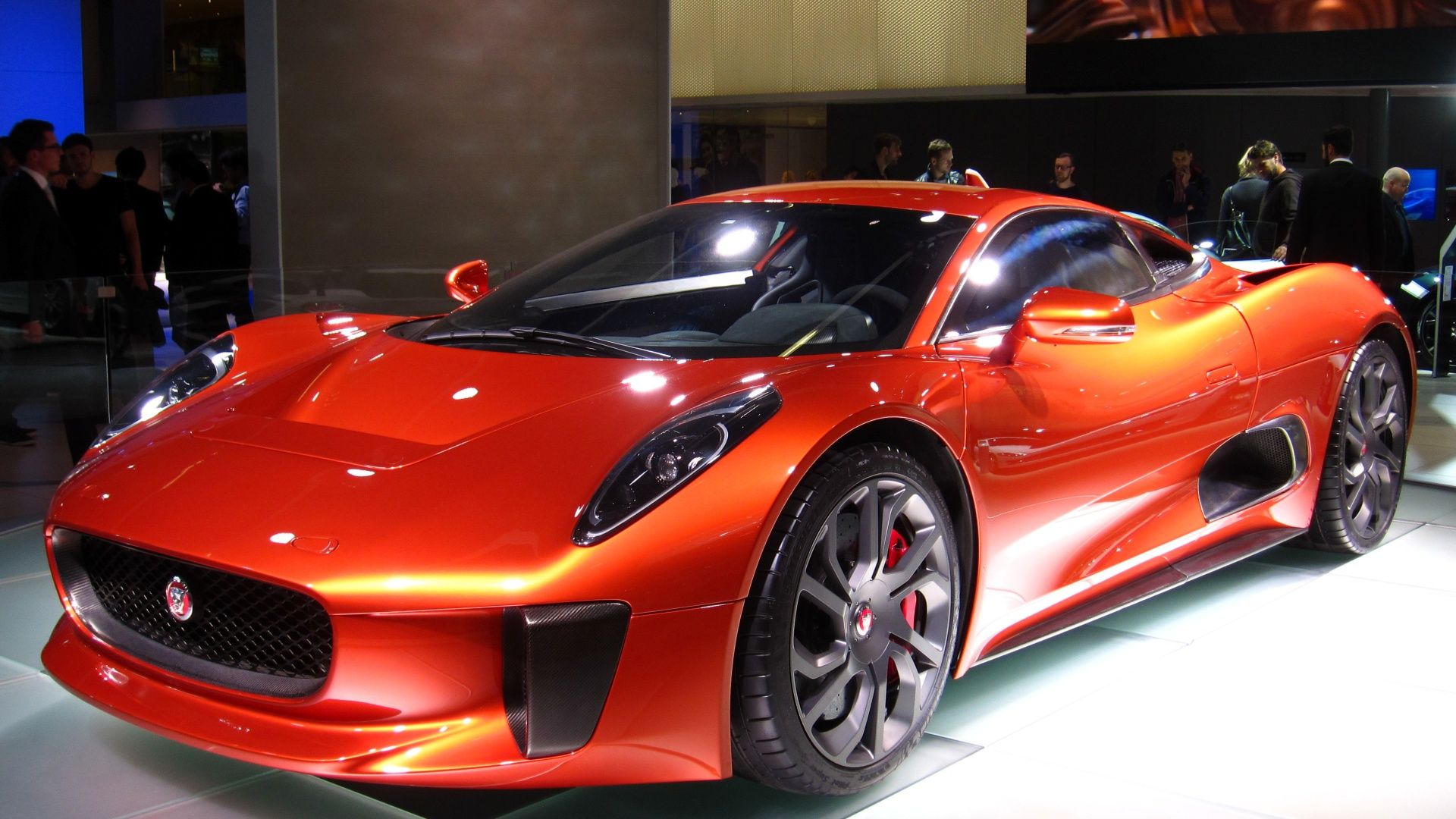Concept cars are, often, viewed as empty promises, since they almost never enter production. They are typically a tool for manufacturers to showcase future technologies or the design language of their next-generation models. The original idea of the concept car is to show off and attract attention on auto shows which could later lead to better sales. Many of these prototypes are brought out to car shows, purely, for aesthetic purposes as they don't even have a powertrain. Most of these "beauty queens" cannot move under their own steam, but are usually enough to spark enthusiasm among car enthusiasts, looking for the next ground-breaking design or technology.
With that said, concept cars, often, serve as inspiration log time after their original creation, and there are many examples where cars that never entered production influenced production vehicles, years after their original debut. Whether it's a new design trend ahead of its time, a game-changing safety feature, or an innovative propulsion system, it was thanks to concept cars all automotive innovations reached production. These 10 concept cars come from different eras, but have influenced and directed, in various ways, the evolution of the car.
10 1923 Aurel Persu Aerodynamic Car
Aerodynamics are an important aspect when it comes to efficiency and one of the most innovative concepts came from a Romanian engineer and inventor by the name of Aurel Persu. In 1923, whe ncars were still square and resembled horse-drawn carriages, he came up with what is believed to be the first aerodynamic car. Thanks to streamlined design and wheels integrated into the body were a novelty at the time and resulted in a drag coefficient as low as 0.22.
Ford and GM opted to buy the patent, but wouldn't guarantee mass-production. The inventor refused to sell and drove the car for 120,000 km before donating it to the Dimitrie Leonidas Museum, in Bucharest. The car is believed to have inspired the Tatra 77, which is believed to be the first production car, built with aerodynamics in mind.
9 1938 Buick Y-Job
Buick Y-Job is widely-regarded as the first concept car. The car was way ahead of its time when it debuted in 1938, and featured many innovations that would become the standard for years to come albeit not right away. The power-operated, hidden headlights were among them. They only became popular 20 years later. In the Buick Y-Job, the headlights also remained flush with the body in, both, opened and closed position.
The Y-Jon was also the first concept car to feature power-windows, which became a production feature on the 1940 Packard 40. The wrap-around bumpers were another innovation that replaced the flat, metal beams at the front. Then, there was the fact the Y-job was wider, lower, and longer than anything produced at the time, and this design language only became the norm a decade later.
8 1951 GM/Buick LeSabre
WW2 prompted many car companies to step away from making cars in favor of various machinery with military applications. After the conflict ended, it took a few years for carmakers to return to making cars. The 1950s were a period, in which automotive design drew heavy inspiration from aircraft. The 1951 GM/Buick LeSabre is considered the first of many to do so.
Considered to be the spiritual successor to the Y-Job, the LeSabre featured a front grille resembling a P40 fighter plane. The radical design featured fins at the back, resembling rudders, and in between them, a design element resembling a jet-engine. The 1951 LeSabre featured impressive tech underneath the sheet metal too, including heated seats and a 12-volt electrical system (most cars at the time used six-volt). The concept was fully-functional, featuring a supercharged 215 cubic-inch (3.5-liter) V-8 that could also run on methanol.
7 1955 Alfa Romeo BAT
Aerodynamics became a more important area of exploration in automobiles, and while American carmakers in the 1950s were focusing, mostly, on the aesthetic aspect, over in Italy, designers were concerned with infusing functionality into the aesthetic aspect of cars. In 1955, the design house, Bertone, built a few different prototypes for Alfa Romeo, with the goal of pursuing the lowest drag coefficient possible.
The end result was the Alfa Romeo "Berlina Aerodinamica Tecnica" (BAT). There were a few versions, but streamlined forms, obscured wheels, and massive fins were a recurring theme among them. One of the BAT concepts featured a drag coefficient of 0.19, which explains how it managed a top speed of 125 mph (201 km/h) with only 90 horsepower. Those massive fins are also a precursor to the flying buttreces - a popular design featured on many modern, high-performance vehicles.
6 1960 Plymouth XNR
American design language in the 1960s prioritized cuvry forms as the sports car became affordable enough for baby boomers to buy. Enter the "Coke bottle" design. Luscious forms, akin to exotic cars, became the norm for the American sports car, and the first concept car to feature such a design was the Plymoouth XNR. The Valiant-based roadster can be described as an American take on the 1950s LeMans race cars with an aerodynamic body, snug ockpit, and a cowl that accomodated a headrest.
The XNR's "Coke bottle"design startede a trend and other manufacturers follwoed suit. Eventually, the C3 Corvette would be the f irst production car to feature it, earning it the nickname "Coca-Cola Corvette". The car was produced until 1982, after which the design further evolved into other high-performance cars from the 1990s and 2000s.
5 1967 Lamborghini Marzal
In the late-1960s, European car designers (mostly Italian), started experimenting with angular shapes This sharp deviation from curvy lines founded the wedge-shaped design, which would go on to inspire even modern performance cars. The Bertone-designed Lamborghini Marzal is considered the first concept to feature the wedge design. The car also featured glass doors, weirdly-arranged, rear-glass louvers, and rectangular headlights integrated into the horizontal grille.
Many of these design features were carried over in various models throughout the 1970s and 1980s, a case in point being the Alfa Romeo Montreal and BMW M1 E26, both of which also designed by Bertone. While wedge design is, largely, gone, some remnants like the horizontal grille and "kamm tail" can still be seen today.
4 1972 Volvo VESC
During the 1970s, fuel economy and fewer emissions were prioritized over performance. This led to some truly boring and soulless cars, but it also meant car manufacturers could divert their budget to other areas, like safety. On that front, Swedish carmaker, Volvo, was at the forefront, and in the 1970s, no other car epitomized that better than the Volvo VESC - Volvo Experimental Safety Car.
The four-door sedan concept featured safety innovations Ike massive safety bumpers, integrated into a slanted front end, in order to minimize pedestrian injuries. This was one of the first cars to pay more attention to crumple zones, and it also came with airbags front and rear. Anti-lock brakes, back-up warning signal, and even a rearview camera were also part of the VESC's impressive arsenal. Those are all features that became standard only in recent times.
3 1981-1985 Ford Probe
Cars from the 1980s are mostly known for their angular design, but quite a few concepts of that era envisioned the future automobile. The Ford Probe concept was among them. They were five Probe concepts in total, with the 1985 Probe V being the most radical of all. The fifth concept would lead to the Ford Probe sports coupe. Aerodynamics and fuel-efficiency were the key points of the concept. The Probe III, actually, looked the most production-ready and eventually, it led to the Ford Sierra.
All five concepts improved upon one another, with each next one being more aerodynamic. The Probe V featured a drag coefficient of 0.152. Other innovations included flat underbody, flush doors, and windows, and a 1.6-liter turbo-four that was slanted 70 degrees - all of these design and engineering decisions were applied to various production models in the following years.
2 1995 Chrysler Atlantic
Among Chrysler's many exciting concepts the 1995 Atlantic is among the most influential ones. Bob Hubbach's design aimed to invoke the Bugatti Type 57 Atlantque and Talbot Lago from the 1930s. The carmaker could have easily chosen an existing engine, but to keep things true to the 1930s, engineers decided to create a 4.0-liter, straight-eight engine, by merging two inline-fours from the Chrysler Neon.
The unit was good for 360 horsepower and was paired to a four-speed robotized manual. What makes the 1995 Chrysler Atlantic influential is that it started the neo-retro design in American carmakers. The design was followed by a plethora of American models, inspired by their 1960s and 1970s predecessors. Among those are the Ford Thunderbird, Ford Mustang S197, Dodge Challenger, Chevrolet Camaro, Ford GT, and others.
1 2010 Jaguar C-X75
Hybrid supercars are becoming increasingly common and prove electric powertrains don't have to be boring. The first supercar to feature a futuristic, hybrid powertrain was the Jaguar C-X75 concept, introduced in 2010. The concept was powered by four electric motors and two gas turbines that served as range extenders, which would have allowed for 559 miles (900 km) of range.
The five developmental prototypes, however, were motivated by a 1.6-liter, twin-charged inline-four that could rev to 10,000 RPM, and two electric motors. The combined output was 890 horsepower. One of those prototypes was featured in the 2015 James Bond movie, Spectre. Sadly, the economic recession forced Jaguar to shelve the project and prioritize development of the I-Pace EV, thus, depriving us of a spiritual successor to the Jaguar XJ220.

